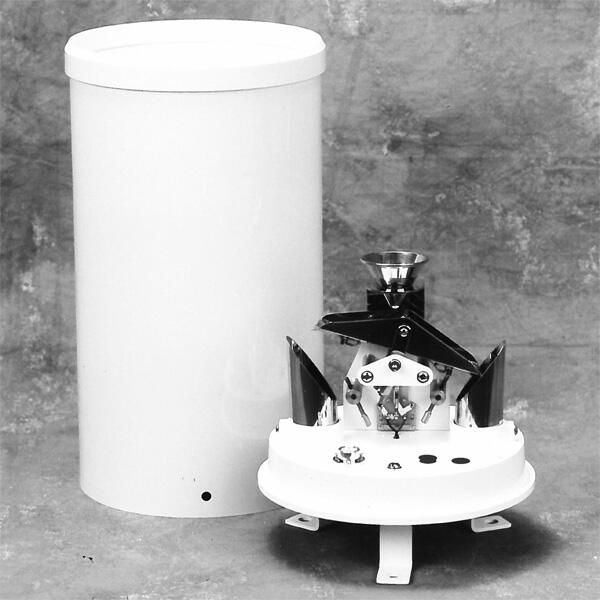
# Rain Gauge Uses in Weather Monitoring and Water Resource Management
Rain gauges are essential tools in meteorology and hydrology, providing critical data for weather monitoring and water resource management. These devices measure the amount of precipitation over a specific period, helping scientists, farmers, and policymakers make informed decisions. Below, we explore the various uses of rain gauges and their significance in different fields.
## Weather Monitoring
One of the primary uses of rain gauges is in weather monitoring. Accurate precipitation data is crucial for forecasting weather patterns, predicting storms, and understanding climate trends. Meteorologists rely on rain gauges to:
– Track rainfall intensity and duration
– Monitor seasonal precipitation variations
– Validate weather models and satellite data
By collecting precise rainfall measurements, rain gauges help improve the accuracy of weather forecasts, enabling communities to prepare for extreme weather events such as floods or droughts.
## Water Resource Management
Rain gauges play a vital role in managing water resources effectively. Precipitation data is essential for:
– Assessing water availability in reservoirs, rivers, and aquifers
– Planning irrigation schedules for agriculture
– Designing flood control systems and drainage infrastructure
For instance, farmers use rain gauge data to optimize irrigation, ensuring crops receive adequate water without wasting resources. Similarly, urban planners rely on precipitation measurements to design efficient stormwater management systems, reducing the risk of flooding in cities.
## Environmental Studies
Rain gauges are also invaluable in environmental research. Scientists use precipitation data to study:
– The impact of climate change on rainfall patterns
– Erosion and sedimentation processes in watersheds
– The health of ecosystems dependent on specific precipitation levels
By analyzing long-term rainfall data, researchers can identify trends and develop strategies to mitigate the effects of environmental changes.
## Conclusion
Rain gauges are indispensable tools for weather monitoring, water resource management, and environmental studies. Their ability to provide accurate and reliable precipitation data makes them essential for understanding and managing natural resources. Whether used by meteorologists, farmers, or researchers, rain gauges contribute significantly to our ability to adapt to changing environmental conditions and ensure sustainable water use.
Investing in advanced rain gauge technologies and expanding their deployment can further enhance our capacity to monitor and manage precipitation effectively, benefiting both human societies and the natural world.
Keyword: rain gauge uses
